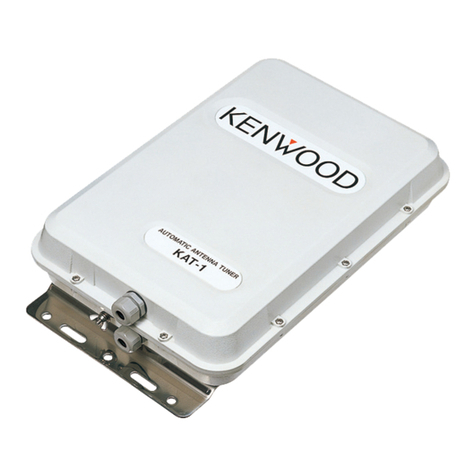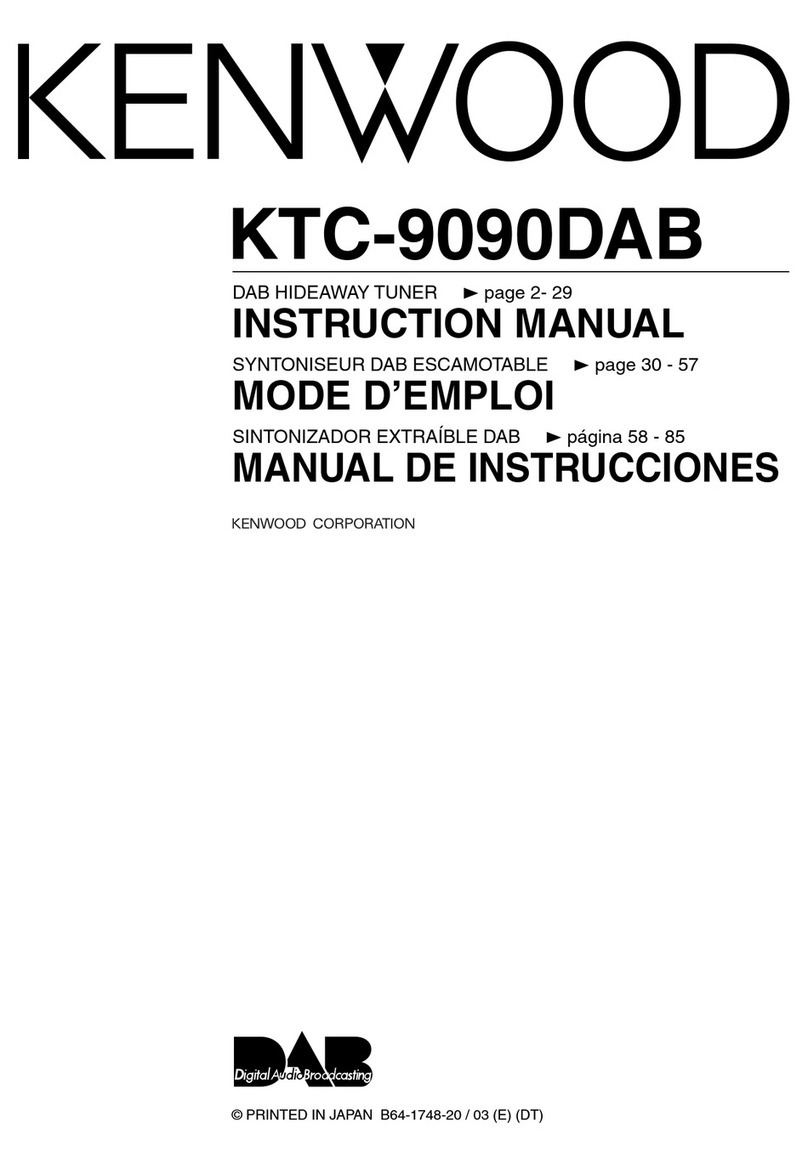Kenwood KT-660 User manual
Other Kenwood Tuner manuals

Kenwood
Kenwood KT-3050 User manual
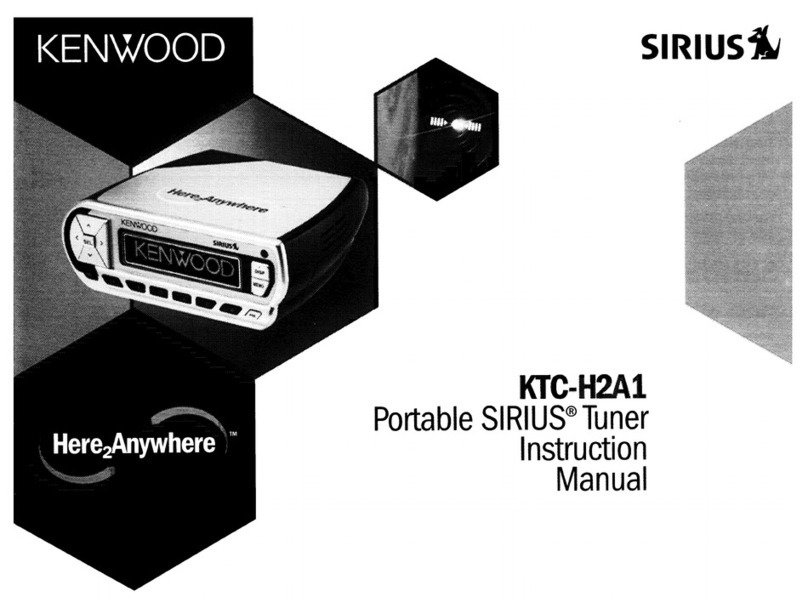
Kenwood
Kenwood KTC-H2A1 - Here2Anywhere Sirius Radio User manual

Kenwood
Kenwood KTC-SR901 - Digital Satellite Tuner Operating and maintenance instructions
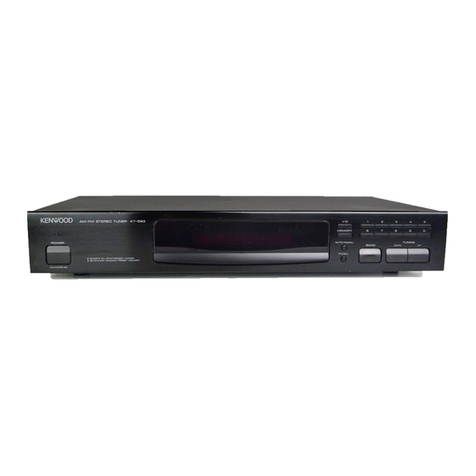
Kenwood
Kenwood KT-593 User manual
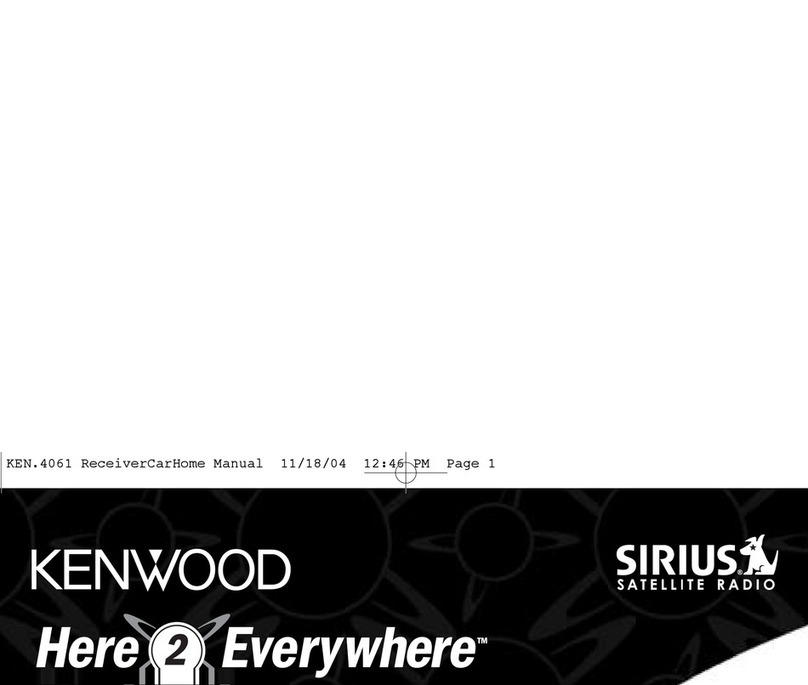
Kenwood
Kenwood H2EV User manual

Kenwood
Kenwood Z-838W User manual

Kenwood
Kenwood TU-79 User manual
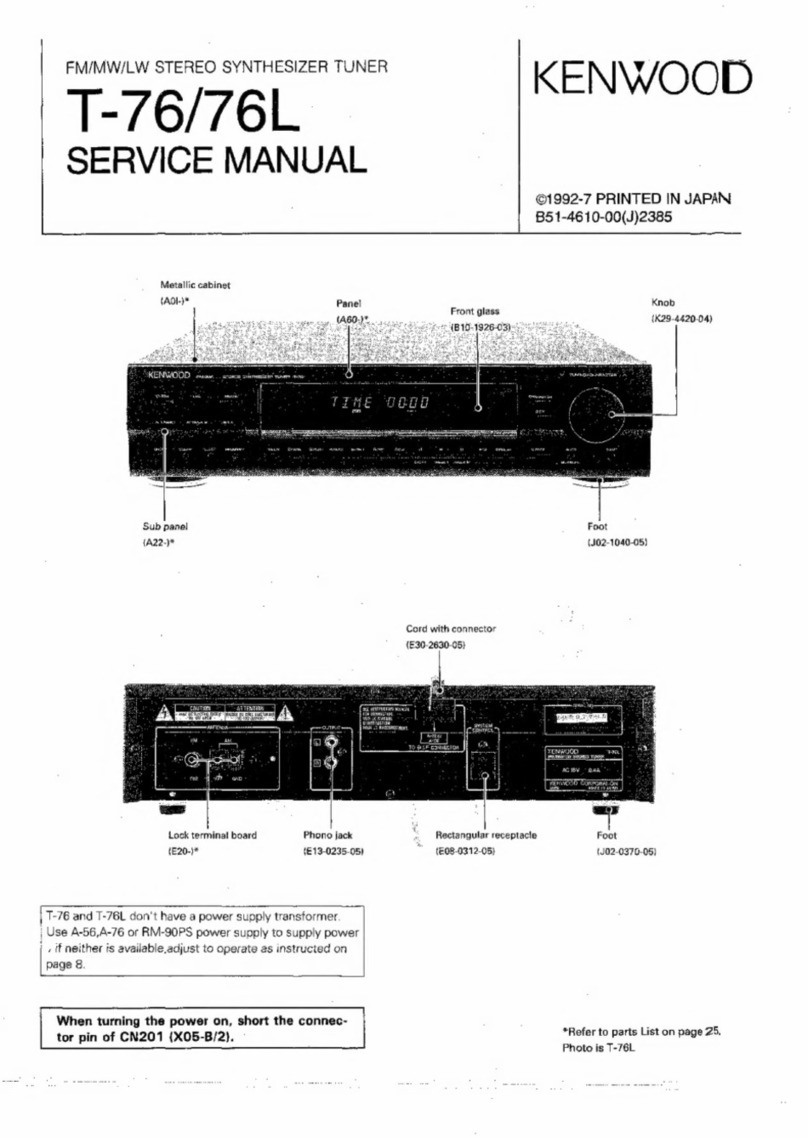
Kenwood
Kenwood T-76 User manual
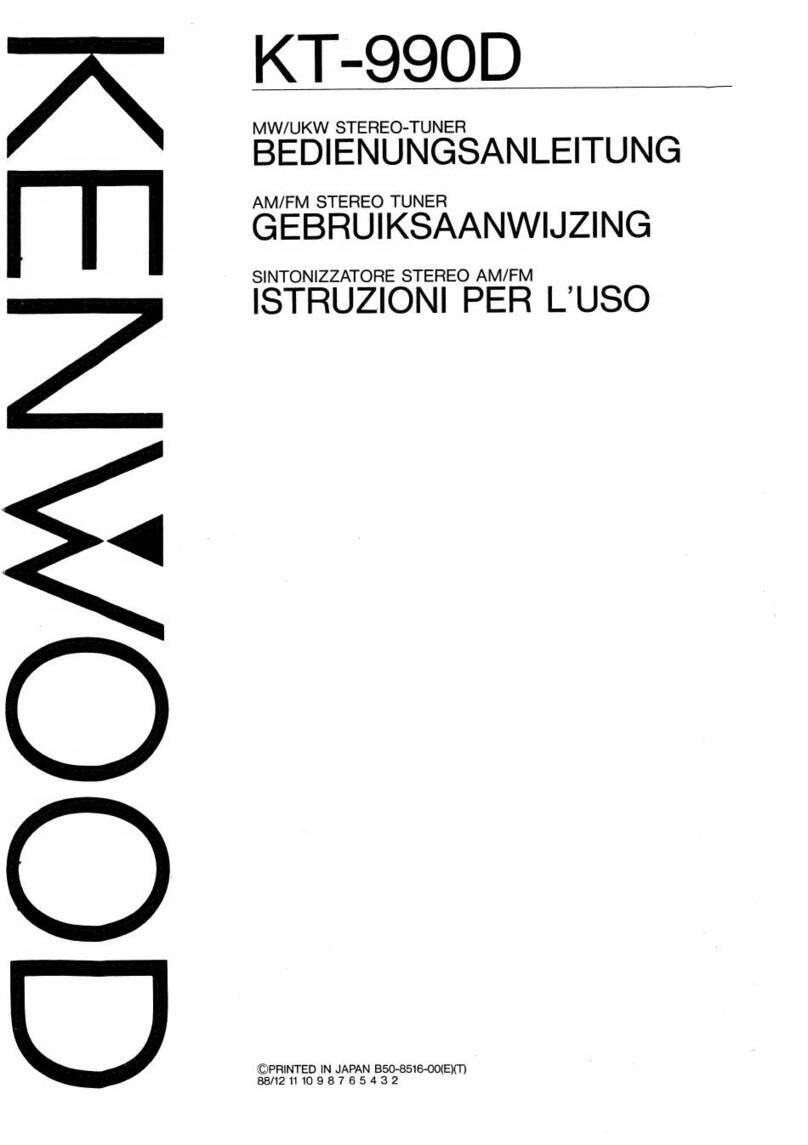
Kenwood
Kenwood KT-990D User manual

Kenwood
Kenwood KT-5020 User manual
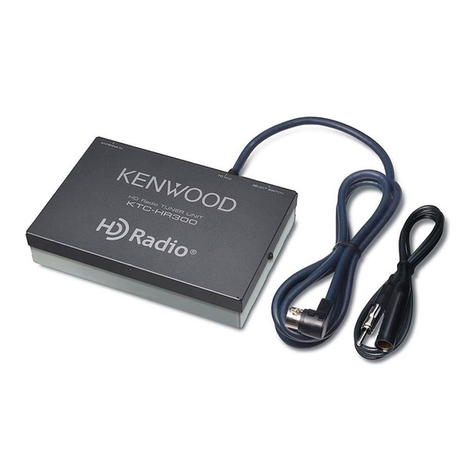
Kenwood
Kenwood KTC-HR300 - HD Radio Tuner Box User manual

Kenwood
Kenwood KT-6040 User manual

Kenwood
Kenwood KT-6050 User manual
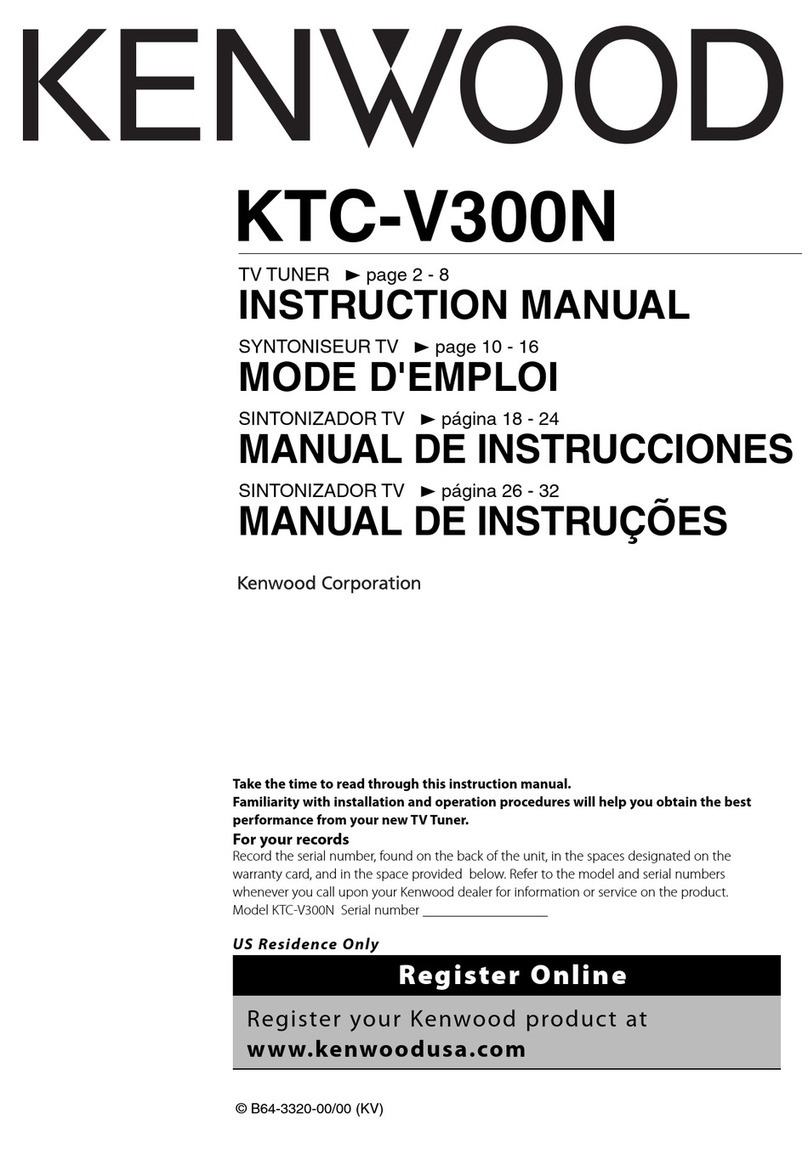
Kenwood
Kenwood KTC-V300N User manual

Kenwood
Kenwood KT-7500 User manual

Kenwood
Kenwood KT-7500 User manual

Kenwood
Kenwood KT-3050 User manual

Kenwood
Kenwood AT-300 User manual

Kenwood
Kenwood KTF-2010 User manual
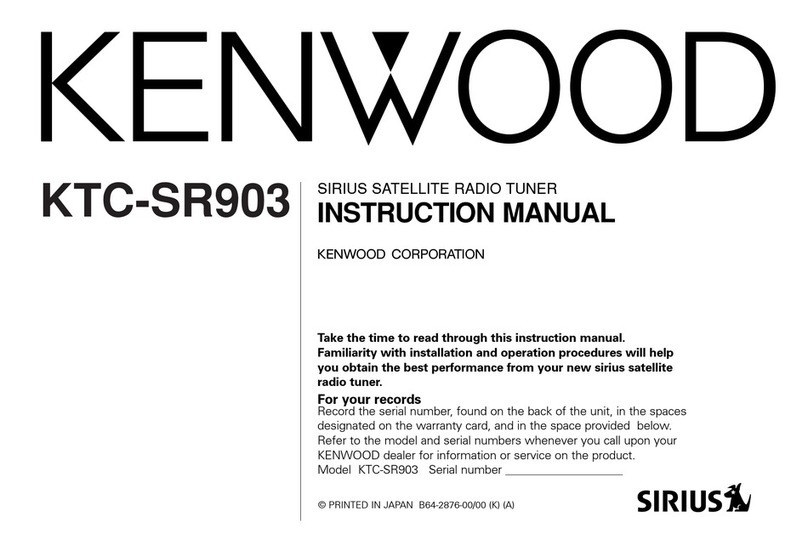
Kenwood
Kenwood KTC-SR903 User manual
Popular Tuner manuals by other brands

NAD
NAD C 445 owner's manual

Sony
Sony ST-SA5ES operating instructions

Pioneer
Pioneer GEX-P700DAB Operation manual

Sirius Satellite Radio
Sirius Satellite Radio SC-FM1 user guide

Antique Automobile Radio
Antique Automobile Radio 283501B Installation and operating instructions

Sanyo
Sanyo FMT M15L Service manual

